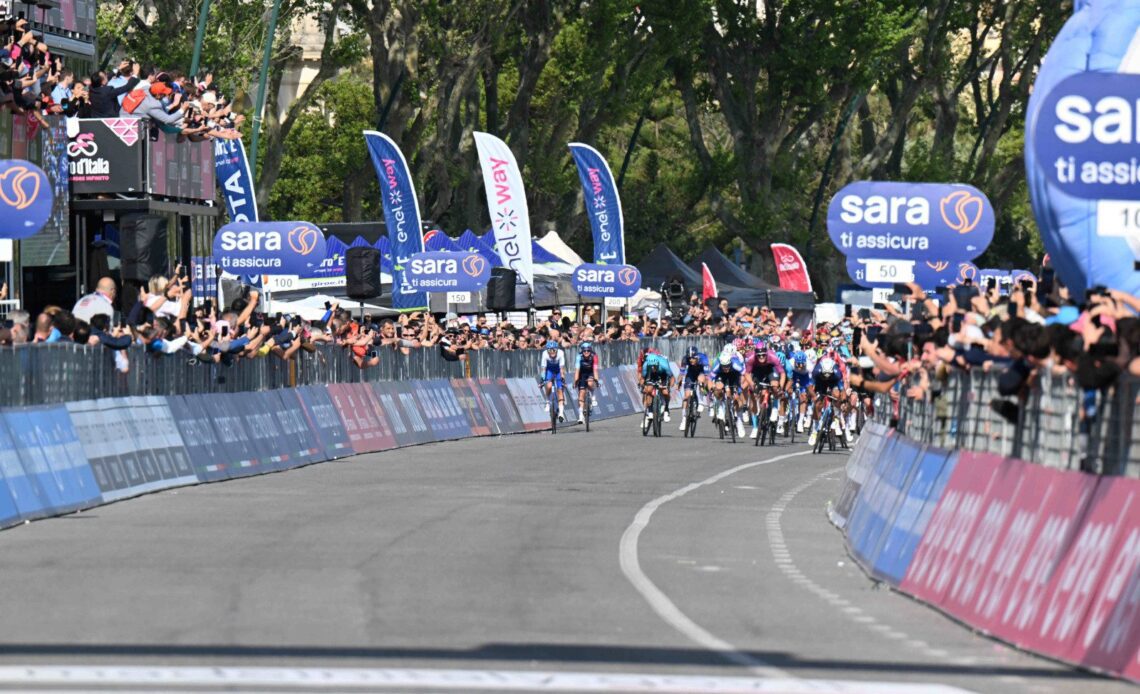We’ve all witnessed it before–a breakaway fighting to stay ahead while the peloton closes in. With just 1 km to go, the escape is reeled in, and the sprint commences. This scenario played out once again at the Giro d’Italia, as Simon Clarke and Alessandro De Marchi’s valiant effort on Stage 6 was thwarted by Mads Pedersen and a charging peloton.
The basic formula
The late Robert Chapatte, a former cyclist and journalist, once proposed a calculation that suggests it takes a chase group approximately 10 km to make up one minute on a breakaway. While the math doesn’t always align perfectly, it often holds true. In the case of Clarke and De Marchi’s move at the Giro,, they had a lead of over two minutes with 25 km remaining.
So, who decides when to initiate the pursuit? Is it the riders? The directeur sportif? Or is there a mathematical approach? As it turns out, it’s a combination of all three. Pat McCarty, a former professional cyclist who rode for various teams, including what is now known as EF Education–EasyPost and the Canadian squad SpiderTech powered by C10, now serves as the sports director of Human Powered Health.
Calculations made on the run
According to McCarty, several factors come into play when determining the right moment to launch the chase. “The starting point is usually 1 minute per 10 km,” he explains. “From there, the director can make various calculations based on wind speed and direction, course profile, weather conditions, the size of the breakaway, and the time it has been leading the race.”
The team’s staff in the car also relies on all available tools to make an informed decision. “Also, you can assess a general fatigue level of the peloton/race by either speaking to riders or making observations on live TV or in person behind the field or behind the break. There is no set formula to take all of these things into account, but an experienced director or person that has observed the race can usually make a very educated and fairly accurate guess as to if the break will make it,” he adds. “And, what if anything can be done in either the break or the peloton to change the outcome.”
Of course, outcomes don’t always follow predictions, so there’s still hope for those cheering on the breakaway. After all, sometimes David manages to outride Goliath.
Click Here to Read the Full Original Article at Canadian Cycling Magazine…

